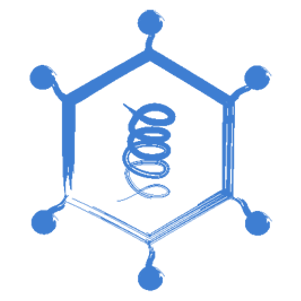Category:Streptococcus species
Jump to navigation
Jump to search
Streptococcus species
Overview
- Cause suppurative infections in many different animals
- Cause abscess formation and septicaemia
- Cause mastitis, metritis, polyarthritis, meningitis
- Primary or secondary infections following viral infection
- Neonatal septicaemia related to maternal genital tract infection
- Haemolytic streptococci of Lancefield group C are common inhabitants of the equine nasopharynx
- Streptococcus zooepidemicus and S. equisimilis are usually non-pathogenic
- Involved in peritonitis in pigs, pyothorax, osteomyelitis, catarrhal stomatitis
- In infectious arthritis of sheep, arthritis in calves, arthritis in horses and arthritis in pigs
- Often commensals on mucous membranes of upper respiratory and lower urogenital tract
- Opportunistic infections
Characteristics
- Gram positive cocci forming chains
- Catalase negative, facultative anaerobes
- Fastitidious - require enriched media such as blood or serum
- Small haemolytic, translucent colonies, some mucoid
- Catalase negative
- Susceptible to desiccation
Identification
- Beta haemolysis (complete with clear zones surrounding colonies)
- Alpha haemolysis (partial with green zones surrounding colonies)
- Lancefield grouping - serology based on group-specific polysaccharide in cell wall
- Biochemical testing
Diagnosis
- Swabs of pus or exudate cultured on blood agar and MacConkey agar
- No growth on MacConkey except S. faecalis
- PCR, Lancefield grouping and biochemical tests
Pathogenesis and Pathogenicity
- Beta-haemolytic strains more pathogenic than alpha-haemolytic strains
- Virulence factors include streptolysins, hyaluronidase, DNase, streptokinase and proteases
- S. pyogenes, S. pneumoniae and some strains of S. equi have polysaccharide capsules which are antiphagocytic
- S. pyogenes and S. equi have antiphagocytic cell wall M proteins
in sheep
- Streptococcus spp.
- Commonly cause suppurative polyarthritis in lambs
- Naval infection -> bacteriamia -> polyarthritis
- May also cause blindness and nervous signs if uvea or meninges are affected
- Larger joints are more afected
- May spread to other organs
in cattle
- Neonatal polyarthritis by:
- Via umbilicus
- Also involves eyes and meninges
Pages in category "Streptococcus species"
The following 10 pages are in this category, out of 10 total.
